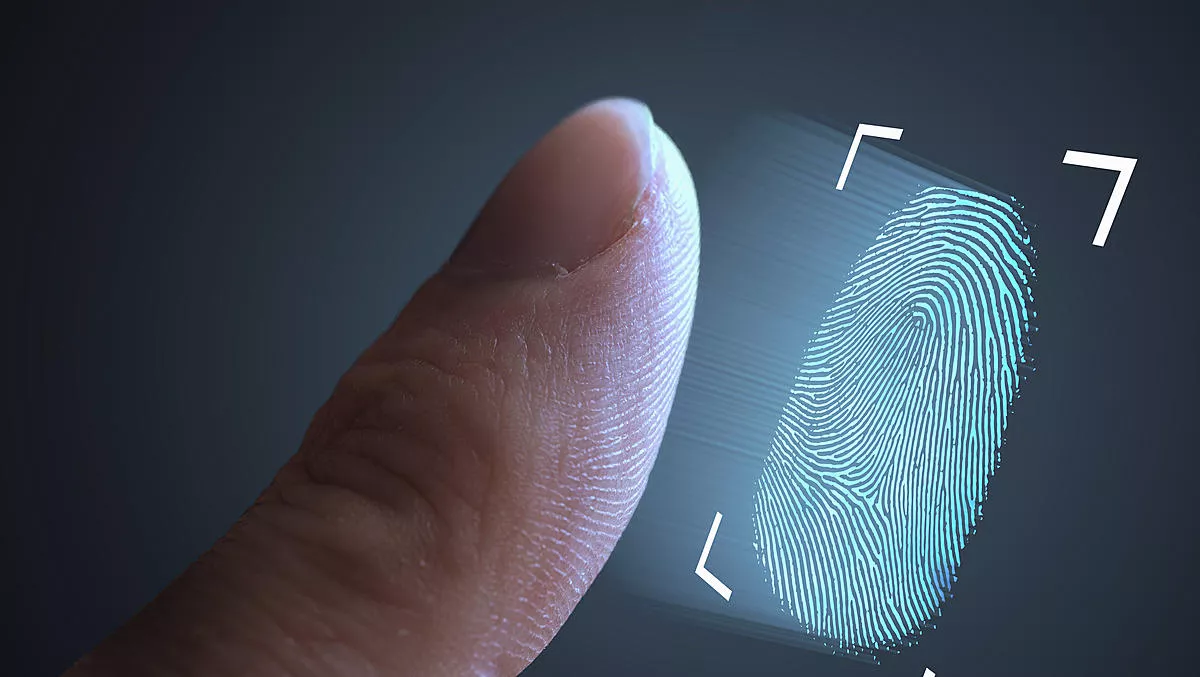
Biometric authentication balances security and simplicity
Articly by LogMeIn Japan - APAC VP Lindsay Brown VP of LogMeIn.
Australian businesses are encouraging social distancing measures amid the coronavirus pandemic, but with a decentralised workforce, this opens organisations up to external threats. Interestingly, of the cyber incidents that occur, 93% can be prevented with the right tools, according to a report by Online Trust Alliance. Which is why IT managers are deploying security solutions that are purpose-built to ensure employees stay secure while working remotely.
One way of doing this is through authentication technologies which help to ensure that only the right employees gain access to the intended resources at the right time. Multi-factor authentication (MFA) takes authentication a step further by requiring employees to successfully authenticate against typically 3 factors before being granted access.
MFA is framed around the concept of something you know, something you have, and something you are. Something you know is a knowledge factor, like a password. Something you have is a possession factor, like a phone. And something you are is a biometric factor, like a face scan or fingerprint.
When passwords continue to be connected with 80% of all data breaches, passwords alone are simply not enough to keep business resources secure. MFA adds an additional layer to employee logins on top of passwords and is essential for businesses to maintain a strong security posture.
The convenience experience
One component of MFA is biometric authentication, which physically uses who you are, such as your fingerprint or face as the authentication factor. Biometrics are rising in popularity in both the business and consumer space as commonly seen in mobile phones today. One study even found that up to 70% of consumers want the expanded use of biometric authentication in the workplace because of their familiarity with biometrics outside of work.
The reason why biometric authentication has become popular is because it's so easy to use. One touch of a fingerprint or face scan can securely grant access – a much more seamless user experience than remembering and typing out a password.
Empower staff and secure the business
When it comes to biometric authentication, both experience and security are key. All employees want to do at work is simple: get their work done. The average employee actively uses 36 cloud applications throughout their workday according to a report by Skyhigh – not to mention, 34% of organisations experience lost or stolen credentials on a monthly basis.
As most employees will only implement a new process if it's required, the key is to make the adoption process simple and enforcing it from the get-go. That's why the happy medium for both IT and employees is a security solution that works without the employee even knowing a security solution is there. Single sign-on (SSO) securely authenticates employees into their assigned applications using a protocol, which builds a secure connection between an identity provider (like LastPass) and a service provider (like an app you use at work). The secure connection created by SSO enables employees to access all of their assigned apps after authenticating just once into their identity provider.
Discover how LastPass MFA balances security and simplicity
LastPass MFA balances security and simplicity through biometric multi-factor authentication. IT can enforce flexible authentication requirements around the time of day, the employee's location and even by device, with insight and control into every single employee login. When employees are not physically in the office, how can IT be sure the user logging in is legitimate?
MFA adds an additional layer of security to every login attempt, so IT has greater assurance the employee logging in is who they claim to be. With all of this in place, employees can enjoy the seamless user experience of authenticating with their fingerprint or face, which in turn increases productivity and IT staff can be assured that employees are protected online, no matter where they are.

